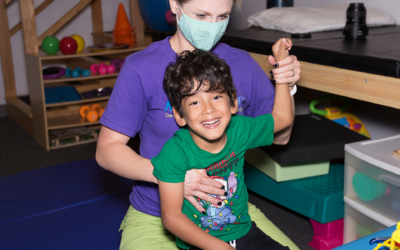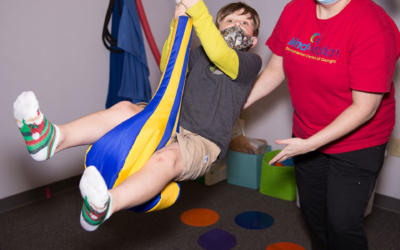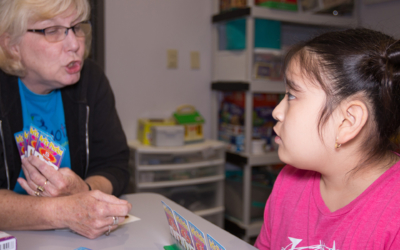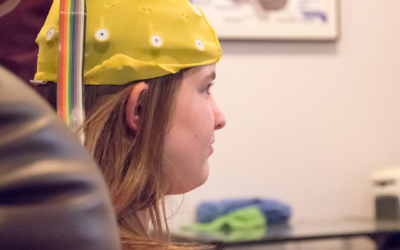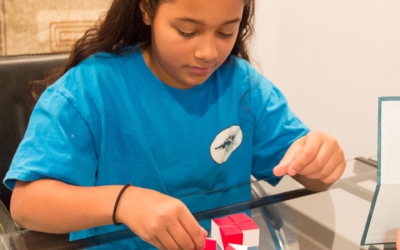
How to Transition from High School to College for Students with ASD
Transitions and major life changes are often very challenging for people with Autism Spectrum Disorder (ASD) or other developmental deficits. Routines are a big part of daily life for people with ASD, playing an important role in helping them navigate day-to-day activities on a social, emotional, and academic level. A sudden and stark change to this routine, especially one that involves jumping into a more rigorous academic lifestyle that offers less support for people with learning differences, can be very triggering and make it incredibly difficult for them to find success. This is especially true when students with ASD make the transition from high school to college.
The leap from high school to college is difficult, but fortunately, the tools do exist to make it possible. Learning these tools and being as prepared as possible to face these challenges is a vital part of reducing the difficulties and discomforts associated with this life transition, and in turn, being successful in college and beyond. It is not just the changes in adapting to the “teaching” environment of college, but also the social environment has its own set of challenges. The ASD student typically does not have any well-established peer relationships or family nearby to help anchor themselves in dealing with social challenges, especially if they are to live in a dorm and “share” a dorm room with a stranger. In many cases, an appeal or special request may need to be made in the case of ASD students to have a single room until they can make the adjustment to dorm life. In addition to having access to online or on-campus counseling to help deal with the social stresses, resident assistants who help manage the dorms may need some special instructions to help the ASD student in their dorms.
Decide if College is the Right Decision
Before diving in and taking the challenge of college life head-on, it’s important to first make sure that starting college is the right decision. Talk to your child and see if they feel ready, or if they might want to delay the transition or even go on a different path toward a career that doesn’t require a traditional college degree. If they do want to go to college, but don’t feel ready, consider taking a semester or a full gap year off. They can use this time to prepare for college life by working to develop social skills, executive functioning skills, or anything else that may help with the transition. This could be done through a job or volunteer work to give them life experience. Delaying college by just one year will not set them back on their career path, but it could make all the difference in whether or not they are able to cope with and succeed in school.
Prepare for A Different Learning Style
College life is very much about adapting and changing your lifestyle. A big change that students are often not prepared for is the increased workload outside of the classroom. While in high school, students spend much of their time learning in classrooms, college courses often don’t require you to spend as much time in lectures. Instead, students are expected to spend time outside of class to learn the material on their own. This is a difficult change of pace for any student, especially one with ASD or other learning differences. Be prepared for an increased workload outside of the classroom and all of the added stress that comes with it.
College professors are also different from high school teachers in that they are less invested in individual students. Classes are often much bigger, and professors will not make the effort to remind students of due dates for assignments or upcoming exams. While teachers are generally trained and instructed to help and guide their students from kindergarten through 12th grade, college professors are not. They simply teach you the material, assign work, and give exams. As such, they are not trained to meet the needs of students with different learning styles and abilities.
Become an Advocate for Yourself
Due to these challenges, ASD students will have to learn how to advocate for themselves. As professors are less equipped to help students with special needs, students will have to take it upon themselves to communicate their needs with their professors, advisors, counselors, and other educators. This is critical because if students do not advocate for themselves, they will not get the help they need. In high school, they usually have a strong support system made up of teachers, parents, counselors, and other professionals. While some colleges may provide resources for students with special needs, more often than not, students will not have the same type of support system available to them. If you feel strongly about having the best resources for special education, look into it when deciding which colleges to apply to.
In any case, students will need to learn to advocate for themselves. This means making your voice heard and getting as much attention and help as possible from professors and advisors, and getting any additional flexibility – extensions on assignments, exemptions from certain work – that will improve their college experience and help them succeed. If students do not advocate for themselves by asking professors for additional support, they simply will not get it.
Get in Touch with Us
Helping someone with ASD transition from high school to college can be a very difficult and stressful process. Our team of highly trained mental health and occupational therapists can work together with you to make the transition go as smoothly as possible and put your child on the path to success. Contact us today to see how we can help.

